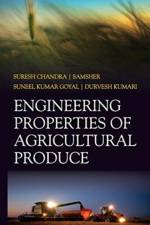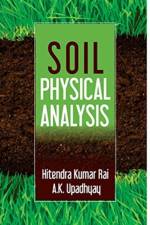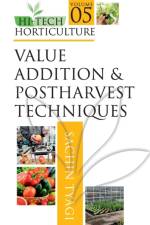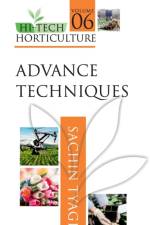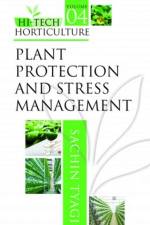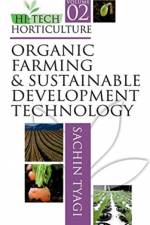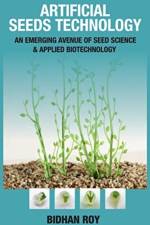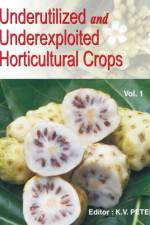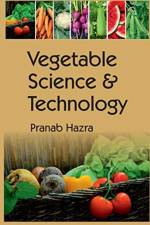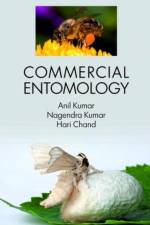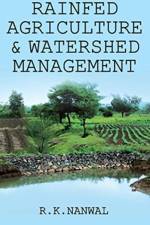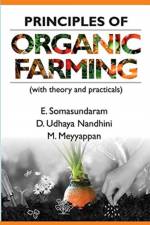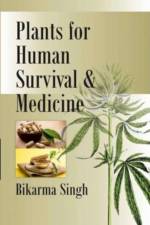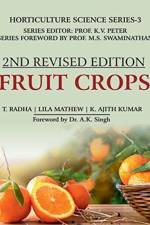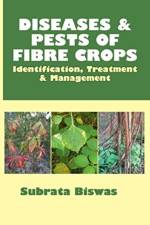- Identification, Treatment and Management
av Subrata Biswas
2 305,-
This book presents a comprehensive knowledge on the diseases and pests of fibre crops, causing economic damage. It covers major disease and pest damages with the methods to combat them in fibre crop cultivations. The diseases and pests are described elaborately, giving emphasis on both morphological and molecular characteristics of pathogens and biology of different insect pests. The latest and most up-to-date knowledge on these aspects which acquired from diverse, complex, contemporary scientific discoveries in the field of fibre crop diseases and pests are compiled and presented in this book. This book is written in eight major chapters, each representing a certain type fibre crop, except for chapter 2 (two) which deals with both Mesta (kenaf) and Roselle for their similarities in disease and insect pest attacks. Each of the eight chapters is again subdivided into 2 or 3 (only for Chapter 2) subchapters to deal with different types of diseases and pests separately. This is a reference book in textbook format which intended to provide undergraduate, postgraduate and research personnel a means to acquire deeper knowledge on diseases and pests of nine major fibre crops, viz., cotton, jute, kenaf, roselle, sunnhemp , sisal, ramie, flax and hemp. Plant pathologists, entomologists and agricultural research scientists, and in academia, may find much of great use in this book. 2019, 716pages, figures, tables, colour plates, index, 25cmSubrata Biswas, Ph.D., is Principal Scientist, Crop Protection Division, ICAR-Central Research Institute for Jute and Allied Fibres, Barrackpore, West Bengal.


